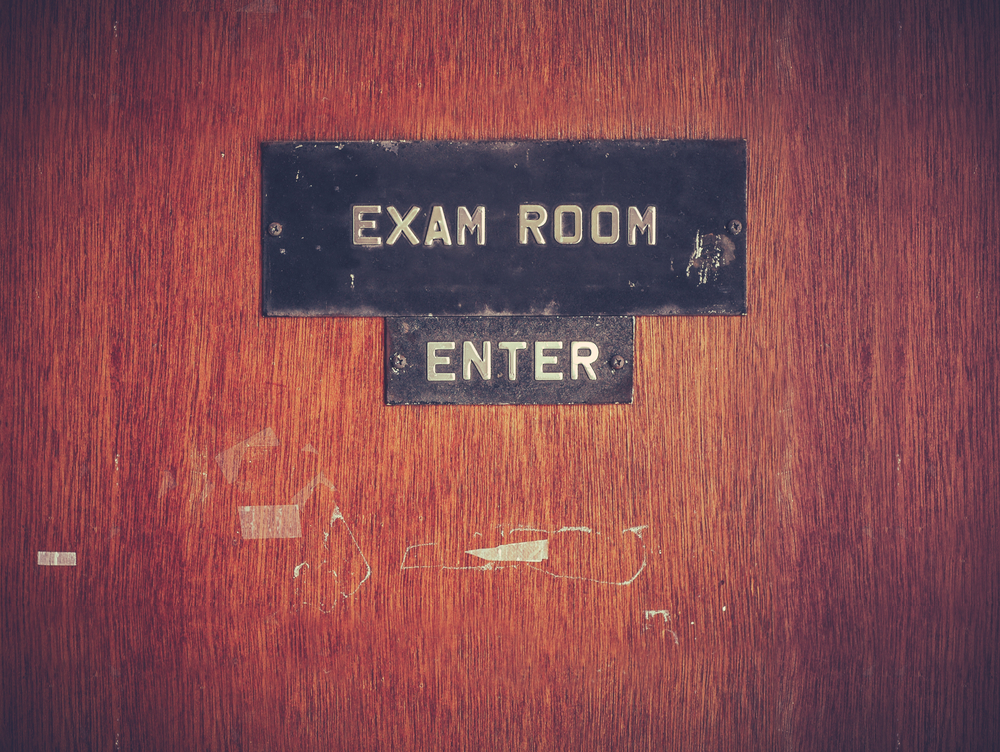The journey to mastering Critical Care medicine is as demanding as it is rewarding, requiring an unwavering commitment to patient care, an in-depth understanding of physiology, and a strategic approach to learning. For aspiring intensivists, excelling in the NEET SS Critical Care Entrance Exam is a defining milestone.
In this interview, we bring you insights from Dr. Tryphena Selwyn, who secured an impressive All-India Rank 10 in the NEET SS Critical Care Entrance Exam. Her journey is a testament to perseverance, structured learning, and the power of mentorship. Join us as she shares her preparation strategies, key study resources, and the invaluable role of a strong support system in achieving success in one of the most challenging medical specialties.
Dear friends,
Go the Extra Mile would like to introduce Dr. Tryphena Selwyn, who secured the TENTH rank in the recently conducted NEET SS Critical Care Entrance exam for admission to DM Critical Care in India.
I, Sumesh Arora, on behalf of Go the Extra Mile, had the pleasure of discussing with Tryphena the things that helped her achieve success. Here is a transcript of my chat with her.
GOTOTHEEXTRAMILE
Thank you, Tryphena, for taking the time out to chat with us. Please tell us a little more about yourself.
Dr. Tryphena Selwyn
I am fortunate to have done both my undergraduate and postgraduate training at CMC, Vellore (MBBS 2002 to 2008 and MD Anaesthesiology 2010 to 2013). I developed an interest in Critical Care when I worked at Christian Institute of Health Sciences and Research (CIHSR), a secondary-level hospital at Dimapur, Nagaland, for 4 years. I am currently working in the Neurocritical Care unit in Christian Medical College (CMC), Vellore, since March 2021. I find my work there fulfilling thanks to exemplary mentors like Dr. Mathew Joseph, Dr. Shalini Nair, and an excellent team.
GOTOTHEEXTRAMILE
How did you prepare for the NEET SS Exam?
Dr. Tryphena Selwyn
Most of my reading revolved around trying to understand patient care in the Neurocritical Care unit. I found that if I read around issues related to the clinical management of my patients, I retained the information better. I read Oh’s Manual of Intensive Care and referred to the physiology sections in Morgan and Mikhail’s Clinical Anaesthesiology. Understanding physiology, pathophysiology, reading UpToDate.com, and review articles built my confidence at the bedside. The blogs that I found useful included derangedphysiology.com, Life in The Fast Lane, and onepagericu.com. I read parts of Steve Benington’s Intensive Care Medicine MCQs and worked on the free MCQ resources in GTEM. Go the Extra Mile EDIC and Learn X Omnibus proved to be a timely and worthwhile investment. I especially liked the format of the Learn X capsules. Solving 10 questions from a topic at a time and reading around the core points addressed in each question was an enjoyable exercise and provided exceptional value for time.
Though the pattern in the NEET SS exam was different, with lengthy question stems as opposed to the concise questions in GTEM, the core facts being questioned were the same.
GOTOTHEEXTRAMILE
You scored such a great rank in NEET SS. You must get asked this question by many – What did you do different from your peers?
Dr. Tryphena Selwyn
During my MBBS service obligation in Anaesthesiology, I observed that mentors who had a good grasp of anatomy, physiology, pathophysiology, physics, and pharmacology were able to tackle complex topics and clinical situations with ease by breaking them down to these basics. Studying those topics helped me clear my MD Anaesthesiology entrance exam, and I subsequently enjoyed my practice of Anaesthesiology. I chose to approach the NEET SS entrance exam with a similar strategy. Having a sense of clear purpose and being passionate about the subject helped me keep myself motivated on difficult days.
I also tried to analyse the ‘anatomy and physiology’ of each MCQ I read—how was it constructed, what were the core principles being tested, etc. I repeatedly assured myself that reading towards the entrance exam would eventually translate into better clinical care of my patients, and I kept my focus on such topics. If the MCQ was too factual without obvious clinical significance, I chose not to feel overwhelmed if I couldn’t recall those answers.
I actively pursued my creative hobbies to de-stress. I stopped reading the evening before the exam and ensured I got a good night’s rest. I did my best to remain calm at the exam centre despite an unscheduled prolonged wait while the server was being rectified. Above all, I trust in God’s timely provision and unique plan for me.
GOTOTHEEXTRAMILE
Success in exams like this is a team effort. In addition to your own hard work, who are the people behind your success?
Dr. Tryphena Selwyn
Getting back to work after a 2-year maternity break felt like an uphill task initially. But I have been blessed to have supportive family, friends, mentors, and colleagues to cheer me on at every step of the way. My husband, Rohan, is an equal partner and has willingly adjusted his work routine to ensure that our children get the attention they need at this phase of our lives despite my demanding work hours in the ICU. My parents, sister, and in-laws have always been prayerfully supportive of my every dream.
My late maternal grandmother was a retired primary school teacher and helped me early on to approach any learning with curiosity, structure, and passion. My husband’s maternal grandmother trained under Dr. Ida Scudder in CMC and later pursued postgraduate studies in Obstetrics and Gynaecology while raising her two young children. Stories of Granny’s resolve, eagerness to learn, and work ethics inspire me.
Dr. Shalini Nair, Professor and Head of Neurocritical Care, is an amazing boss. She’s believed in me more than I did myself and helped me push myself towards my goals. Dr. Mathew Joseph, Professor of Neurosurgery, who established the Neurocritical Care unit at CMC, has simplified and taught me Neurocritical Care in a way that a beginner like me can assimilate. I owe a lot to my teachers at CMC over the years. My prayerful friends have encouraged me whenever I felt down. It takes a village to crack an exam too! I’m grateful to God for providing me a gracious village.
GOTOTHEEXTRAMILE
Do you have any suggestions on how GTEM can improve and be useful for trainees doing EDIC?
Dr. Tryphena Selwyn
I have not prepared towards EDIC yet, but regarding the NEET SS entrance exam mock tests provided, GTEM could probably include similar question construction (lengthy clinical question stems) and negative marking to ensure candidates simulate the actual exam better.
I have twin toddler sons, and I have often wondered how to do justice to all my roles. One of our sons was diagnosed to have Cryptogenic West Syndrome at 6 months of age and has been on antiepileptics ever since. He benefits from regular therapy sessions at the Developmental Paediatrics unit. Watching him fight and overcome the odds at every phase while displaying innate resilience has often inspired me.
GOTOTHEEXTRAMILE
Thank you, Tryphena, for taking the time out to chat with us. I wish you the best in all your future endeavours.
Postscript
Dr. Tryphena Selwyn’s journey exemplifies the dedication, resilience, and methodical preparation required to excel in Critical Care medicine. Her approach—grounded in clinical application, structured learning, and mental resilience—offers a blueprint for future aspirants aiming to navigate the rigours of intensive care training. Success in high-stakes medical examinations is never an individual feat; it is the culmination of perseverance, the right mentorship, and a steadfast support system. As medical professionals, we continually strive for excellence, not just in exams but in the delivery of patient care. Let Dr. Tryphena’s experience serve as both inspiration and a roadmap for those embarking on this demanding yet profoundly impactful journey.



